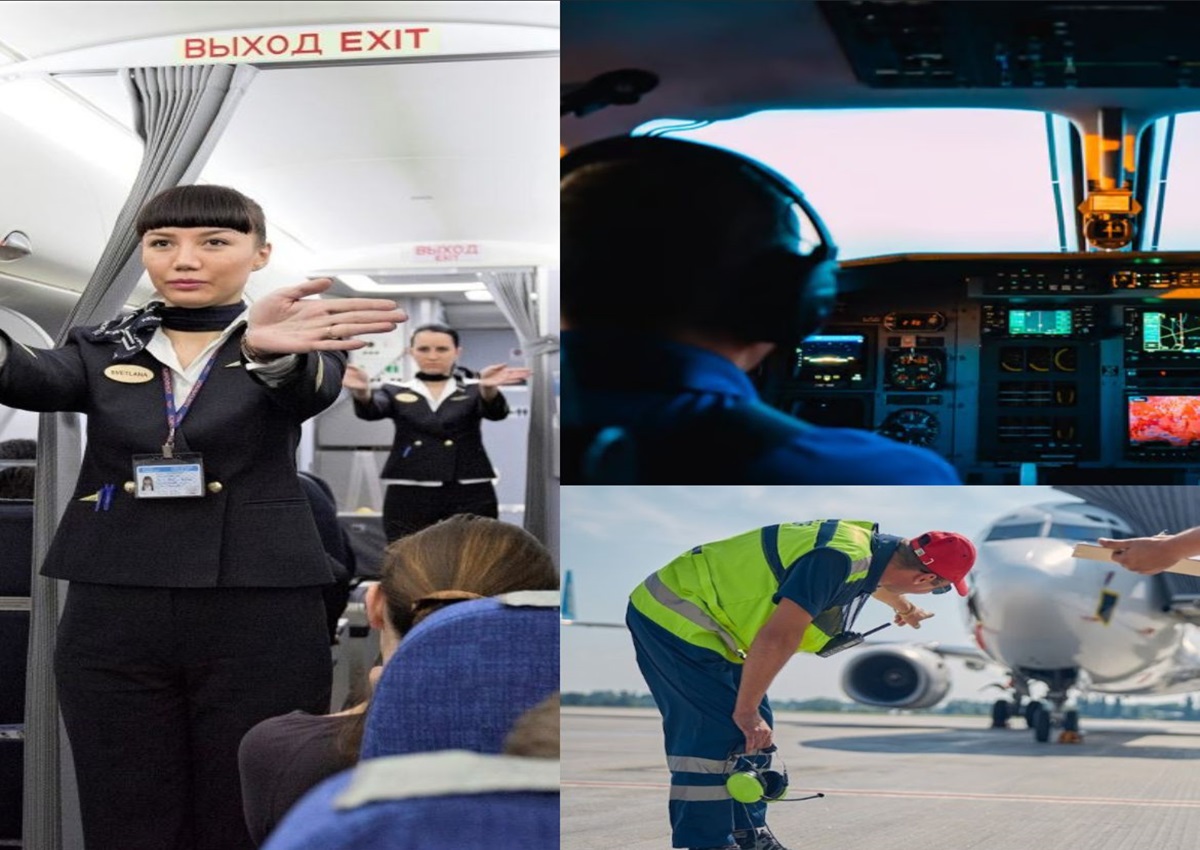
Well-trained personnel will play a crucial part in sustaining the growth trajectory of Indian aviation,” says Jaideep Mirchandani
The Chairman of Sky One adds that the ambitious airport and fleet expansion plans may create a demand and supply gap for pilots, crew, and air traffic controllers.
The Indian aviation market is projected to receive a minimum of 1,100 new aircraft in the next decade. The government too has unveiled its plans for developing new airports and renovating existing facilities in tandem with the civil aviation sector’s robust growth prospects. However, according to consultancy firm CAPA India, one of the significant challenges that India’s aviation industry will face as it gears up for this rapid expansion is the scarcity of qualified technical workers, particularly pilots.
Earlier this year, during Asia’s largest Aviation Expo-Wings India 2024, the president and managing director of Airbus India and South Asia, Remi Maillard, stated that the country will require 2,840 new planes, 41,000 pilots, and 47,000 technical workers over the next two decades.
“The major expansion spree that India’s aviation sector is likely to witness in the coming year will result in international airports accommodating more flights and passengers. The fleet expansion will create the need for more qualified pilots and crew members, while the modernization of airports will require more qualified personnel, such as trained air traffic controllers. Likewise, there will be a demand for eminent technicians to serve in the MRO (Maintenance, Repair, and Overhaul) sector,” says Jaideep Mirchandani, chairman of global aviation major Sky One.
He notes that the Directorate General of Civil Aviation (DGCA), the regulatory body, has already taken some commendable steps to meet the pilot shortage so far.
“As per the data, the DGCA issued a record-breaking number of commercial pilot licenses-1,622 last year, which is a positive step. Moreover, promoting more Flying Training Organisations (FTO) in India and tying up with expert training institutes and trainers to improve the quality will also boost the pilot training ecosystem in India,” adds Mr Mirchandani.
He hopes that the Civil Aviation Ministry will also take key steps to bridge the demand and supply gap that is likely to arise. “This includes the development of infrastructure facilities to support training. Incentivizing youth with scholarships, financial aid, job guarantees, career development and mentorship programs will also be helpful,” he adds.
Mr. Mirchandani says it is also crucial to retain existing talent to ensure that the benefits of the expansion, including increased capacity and improved services are fully realized. “Improving working conditions, offering attractive compensation packages and promoting a more inclusive work environment will help attract and retain talent,” he concludes.
Explore more official announcements in our Press Release section.

